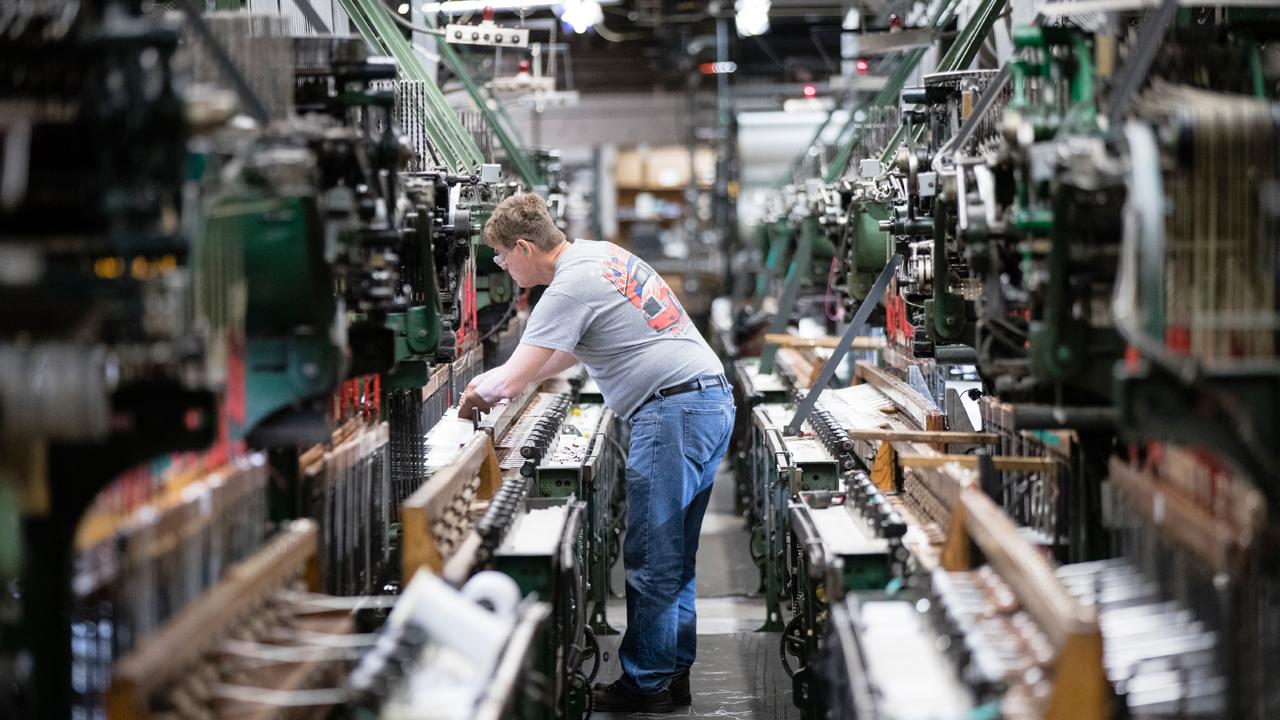NAFTA 2.0: What to know
The Trump administration formally signed a trade agreement with Canada and Mexico on Friday called the U.S.-Mexico-Canada Agreement, or USMCA.
The official signing took place at the G20 summit in Buenos Aires, after more than a year of negotiations.
The agreement still needs to be passed by each country’s legislatures, including U.S. Congress – where it could face an uphill battle in the now Democratic-controlled House of Representatives.
President Trump referred to the deal as a “groundbreaking achievement,” marking the end of a tumultuous period between the three trade allies. The White House said USMCA will govern $1.2 trillion in trade, making it the largest trade deal in U.S. history.
Trump has credited his tariff policies as a reason the administration is able to reach new deals.
Here’s what you need to know about the USMCA:
Intellectual Property
One of the biggest grievances in talks between the U.S. and China as a trade war between the world’s two largest economies continues, the USMCA aims to protect intellectual property by requiring Canada and Mexico to treat U.S. copyrights with the same protections as their domestic ones.
The White House said the new deal will protect against the circumvention of technological protection measures, such as those that safeguard digital content.
The deal specifically includes 10 years of protection for biologic drugs, as well as pharmaceutical and agricultural innovators.
USMCA contains the strongest protections for trade secrets out of any so far, according to the White House.
Win for U.S. farmers
The deal will open Canada’s dairy market to U.S. products, including fluid milks, cream, butter and cheese. It also imposes a limit on how many dairy products Canada can export and eliminates tariffs on margarine and whey.
Trump said in September that “dairy was a deal breaker” during renegotiation discussions, particularly the stipulation that Canada eliminate a program that allowed it to undersell U.S. products domestically and in other markets.
Canada will also provide new access for U.S. chicken and egg exports, and increase access for turkey.
Auto sector
USMCA calls for 40 percent to 45 percent of cars to be produced by workers earning $16 an hour, much higher than the minimum wage in Mexico. This aims to support jobs in the U.S. auto industry by leveling the playing field.
The agreement also addresses so-called “rules of origin” by requiring automakers to use a higher percentage of vehicle parts made in North America.
“We will be manufacturing many more cars. And our companies won’t be leaving the United States,” Trump said earlier this year.
Labor protections
The new agreement requires Mexico to allow more workers to unionize and to lift wages in some instances, specifically for autoworkers.
It also includes measures that prohibit the ability of countries to import goods produced by forced labor.




















